 W
WThe ethnonym Afghan has been used historically by Persian speakers to refer to Pashtuns. However, in current political usage, the term "Afghan" is also used to refer to any native or inhabitant of Afghanistan, including those outside of the Pashtun ethnic group.
 W
WThe proper name Arab or Arabian has been used to translate several different but similar-sounding words in ancient and classical texts which do not necessarily have the same meaning or origin. The etymology of the term is closely linked to that of the place name Arabia.
 W
WSince antiquity, biblical ethnonyms, as seen for example in the Table of Nations in Genesis 10, have been used as a basis for classifying human racial and national identities.
 W
WThis is a list of topics related to the African diaspora.
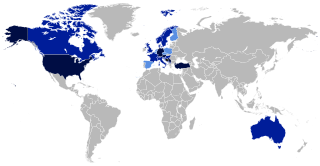 W
WThe Bosniaks or Bosniacs are a South Slavic nation and ethnic group native to the Southeast European historical region of Bosnia, which is today part of Bosnia and Herzegovina.
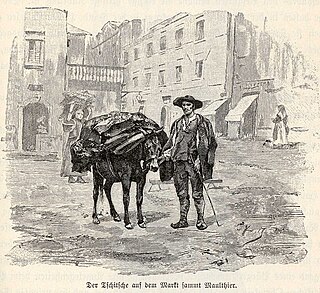 W
WĆić, is an ethnonym and exonym in a broader sense for all the people who live in the mountainous Ćićarija area in Croatia and Slovenia. Alongside the term Ćiribirci, in the narrow sense, it is an exonym referring to a community of the Istro-Romanians in the village Žejane in a small part of eastern Ćićarija and the villages around the former Lake Čepić west of the Učka range in Istria, Croatia.
 W
WThe Cornovii is the name by which two, or three, tribes were known in Roman Britain. One tribe was in the area centred on present-day Shropshire, one was in Caithness in northernmost Scotland, and there was probably one in Cornwall. The name has appeared in ancient sources in various forms, such as Cornavii, Cornabii, and Curnavii.
 W
WCreole people are ethnic groups which originated during the colonial era from racial mixing mainly involving West Africans as well as some other people born in colonies, such as French, Spanish, and Indigenous American peoples; this process is known as creolization. Creole peoples vary widely in ethnic background and mixture and many have since developed distinct ethnic identities. The development of creole languages is sometimes mistakenly attributed to the emergence of creole ethnic identities; however, the two developments occur independently.
 W
WPeople from the United States of America are known as and refer to themselves as Americans. Different languages use different terms for citizens of the United States, who are known in English as Americans. All forms of English refer to US citizen as American, a term deriving from the United States of America, the country's official name. In the English context, it came to refer to inhabitants of British America, and then the United States. However, there is some linguistic ambiguity over this use due to the other senses of the word American, which can also refer to people from the Americas in general. Other languages, including French, Japanese, and Russian, use cognates of American to refer to people from the United States, while others, particularly Spanish and Portuguese, primarily use terms derived from United States. There are various other local and colloquial names for Americans. The name America came from the Italian navigator Amerigo Vespucci.
 W
WDesi is a word used to describe the people, cultures, and products of the Indian subcontinent and their diaspora, derived from Sanskrit देश (deśá), meaning "land, country". Desi traces its origin specifically to the people of the countries India, Pakistan, and Bangladesh.
 W
WThe name of the Goths is one of the most discussed topics in Germanic philology. It is first recorded by Greco-Roman writers in the 3rd century AD, although names that are probably related appear earlier. Derived from Proto-Germanic *Gutōz ~ *Gutaniz, it is closely related to and probably means the same as the names of both the Geats of southern Sweden and Gutes of Gotland. The implications of these similarities, and the actual meaning of the Gothic name, are disputed in scholarship. Although the Goths have disappeared as a people, their name has survived in various appellations up to the present day.
 W
WThe Byzantine Greeks were the Greek-speaking Eastern Romans of Orthodox Christianity throughout Late Antiquity and the Middle Ages. They were the main inhabitants of the lands of the Byzantine Empire, of Constantinople and Asia Minor, the Greek islands, Cyprus, and portions of the southern Balkans, and formed large minorities, or pluralities, in the coastal urban centres of the Levant and northern Egypt. Throughout their history, the Byzantine Greeks self-identified as Romans, but are referred to as "Byzantine Greeks" in modern historiography. Latin speakers identified them simply as Greeks or with the term Romei.
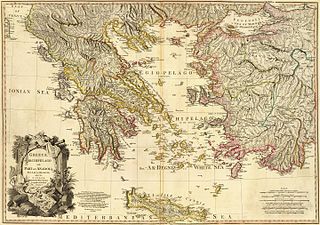 W
WThe Greeks have been identified by many ethnonyms. The most common native ethnonym is Hellen, pl. Hellenes (Ἕλληνες); the name Greeks was used by the ancient Romans and gradually entered the European languages through its use in Latin. The mythological patriarch Hellen is the named progenitor of the Greek peoples; his descendants the Aeolians, Dorians, Achaeans and Ionians correspond to the main Greek tribes and to the main dialects spoken in Greece and Asia Minor (Anatolia).
 W
WGuiri is a colloquial Spanish slur used in Spain applied to foreign tourists, particularly from Great Britain, but can be applied to other Northern European countries.
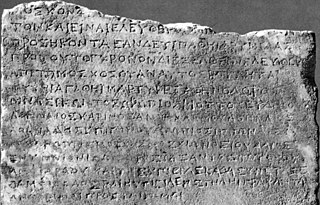 W
WIoudaios is an Ancient Greek ethnonym used in classical and biblical literature which commonly translates to "Jew" or "Judean".
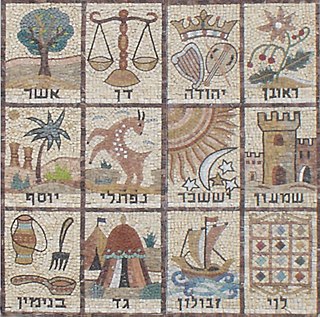 W
WThe Israelites were a confederation of Iron Age Semitic-speaking tribes of the ancient Near East, who inhabited a part of Canaan during the tribal and monarchic periods.
 W
WThe Italo-Normans, or Siculo-Normans (Siculo-Normanni) when referring to Sicily and Southern Italy, are the Italian-born descendants of the first Norman conquerors to travel to southern Italy in the first half of the eleventh century. While maintaining much of their distinctly Norman piety and customs of war, they were shaped by the diversity of southern Italy, by the cultures and customs of the Greeks, Lombards, and Arabs in Sicily.
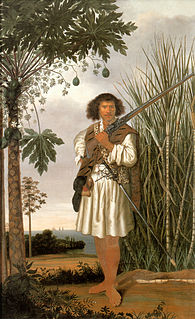 W
WMestiço, in Colonial Brazil, was initially used to refer to mamelucos, persons born from a couple in which one was an Indigenous American and the other a European. It literally translates as "mameluke", probably referring to the common Iberian comparisons of swarthy people to North Africans.
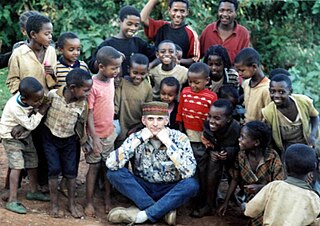 W
WAlso known as muzungu, mlungu, musungu or musongo, mzungu is a Bantu language means “wanderer” originally pertaining to spirits. The term is currently used in predominantly Swahili speaking nations to refer to white people dating back to 18th century. The noun Mzungu or its variants are used in Kenya, Tanzania, Somalia, Malawi, Rwanda, Burundi, Uganda, Democratic Republic of the Congo, Comoros, Zimbabwe, Mayotte, Zambia and in Northern Madagascar dating back to the 18th century.
 W
WThe name of the Franks and the derived names of Francia and Franconia are derived from the name given to a Germanic tribal confederation which emerged in the 3rd century.
 W
WIn the English language, negro is a term historically used to denote persons considered to be of Black African heritage. The term can be construed as offensive, inoffensive, or completely neutral, largely depending on the region or country where it is used. It has various equivalents in other languages of Europe.
 W
WIn anthropology, pygmy peoples are ethnic groups whose average height is unusually short. The term pygmyism is used to describe the phenotype of endemic short stature for populations in which adult men are on average less than 150 cm tall.
 W
WThe Romani people are also known by a variety of other names; in English as gypsies or gipsies, and Roma, in Greek as γύφτοι (gíftoi) or τσιγγάνοι (tsiggánoi), in Central and Eastern Europe as Tsingani, in France as gitans besides the dated bohémiens, manouches, in Italy as zíngari and gitani, in Spain as gitanos, and in Portugal as ciganos.
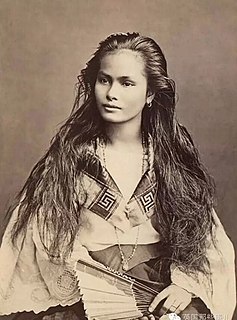 W
WSangley and Mestizo de Sangley are archaic terms used in the Philippines to describe a person of pure overseas Chinese ancestry and mixed Chinese and native Filipino ancestry respectively during the Spanish Colonial Era in the Philippines. The Sangley Chinese were one of the preceding ancestral groups to both modern Chinese Filipinos and the modern Filipino mestizo descendants of the Mestizos de Sangley, who were mestizos under the Spanish Colonial Empire, classified together with other Filipino mestizos, such as the Mestizos de Español, the Tornatrás, the Mestizos de Bombay, Mestizos de Japóneses, etc.
 W
WSaracens were primarily Arab Muslims, but also Turks, Persians or other Muslims as referred to by Christian writers in Europe during the Middle Ages. The term's meaning evolved during its history. In the early centuries of the Christian Era, Greek and Latin writings used the term to refer to the people who lived in desert areas in and near the Roman province of Arabia Petraea, and in Arabia Deserta. In Europe during the Early Middle Ages, the term came to be associated with tribes of Arabia. The oldest known source mentioning Saracens in relation to Islam dates to the 7th century. It was found in Doctrina Jacobi, a commentary that discussed the Muslim conquest of the Levant.
 W
WȘchei was an old Romanian exonym referring to the Bulgarians, especially in Transylvania and northern Wallachia. As a name, it has been preserved in the names of towns colonized in the 14th century by Bulgarians, in toponyms, hydronyms, surnames. The word is thought to derive from Latin sclavis, a popular designation for the South Slavs that was also used in Albanian until the 20th century.
 W
WSchiavone is an Italian ethnonym literally meaning "Slavs" in Old Venetian: originally, this term indicated origins in the lands of Dalmatia and Istria, when under the rule of the Republic of Venice. Today it is an Italian surname.
 W
WTerms for Syriac Christians are endonymic (native) and exonymic (foreign) terms, that are used as designations for Syriac Christians, as adherents of Syriac Christianity. In its widest scope, Syriac Christianity encompass all Christian denominations that follow East Syriac Rite or West Syriac Rite, and thus use Classical Syriac as their main liturgical language. Traditional divisions among Syriac Christians along denominational lines are reflected in the use of various theological and ecclesiological designations, both historical and modern. Specific terms such as: Jacobites, Saint Thomas Syrian Christians, Maronites, Melkites, Nasranis, and Nestorians have been used in reference to distinctive groups and branches of Eastern Christianity, including those of Syriac liturgical and linguistic traditions. Some of those terms are polysemic, and their uses have been a subject of terminological disputes between different communities, and also among scholars.
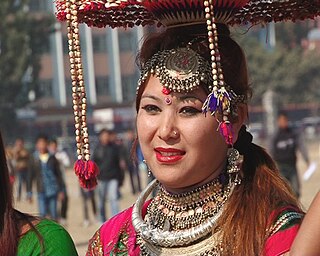 W
WThe Tharu people are an ethnic group indigenous to the Terai in southern Nepal and northern India. They are recognized as an official nationality by the Government of Nepal.
 W
WTorna atrás or Tornatrás is a term once used in 18th century Casta Paintings to portray a mixed-race person (mestizo) who showed phenotypic characteristics of only one of the "original races", that is, white, black, Amerindian, or Asian. The term was also used to describe an individual whose parentage was half white and half "albino".
 W
WIn Nazi German terminology, Volksdeutsche were "people whose language and culture had German origins but who did not hold German citizenship". The term is the nominalised plural of volksdeutsch, with Volksdeutsche denoting a singular female, and Volksdeutsche(r), a singular male. The words Volk and völkisch conveyed the meanings of "folk".
 W
WWalhaz is a reconstructed Proto-Germanic word meaning "Roman", "Romance-speaker" or "(romanized) Celt". The term was used by the ancient Germanic peoples to describe inhabitants of the former Western Roman Empire, who were largely romanised and spoke Latin languages. The adjectival form is attested in Old Norse valskr, meaning "French"; Old High German walhisk, meaning "Romance"; New High German welsch, used in Switzerland and South Tyrol for Romance speakers; Dutch Waals "Walloon"; Old English welisċ, wælisċ, wilisċ, meaning "Romano-British". The forms of these words imply that they are descended from a Proto-Germanic form *walhiska-. It is attested in the Roman Iron Age from an inscription on one of the Tjurkö bracteates, where walhakurne "Roman/Gallic grain" is apparently a kenning for "gold".